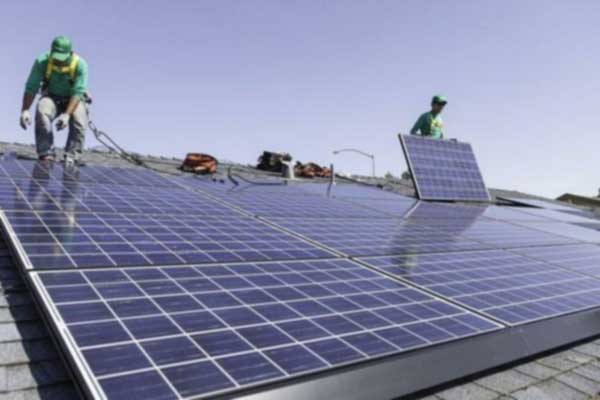Solar activity across the US grew by 29% in 2015 compared to 2014, and has increased by over 300% since 2010, property data provider BuildFax said last week.
Using its building permit data, the firm determined the top 20 US cities (out of the largest 100 US cities by population) for residential solar activity. Cities were rated in terms of the percentage change between 2014 and 2015 of residential solar project counts.
Leading the chart is Reno, Nevada which saw a 431% jump in activity last year. It is followed by two other Nevada cities — North Las Vegas and Henderson. Next come El Paso, Texas; Baltimore, Maryland; Las Vegas, Nevada; Sacramento, California; Dallas, Texas; Stockton, California and Fort Worth, Texas.
Solar is more popular than ever, BuildFax says, thanks to the falling cost of the technology and federal and state incentives. Solar panels also add to property value. Jonathan Deesing of Solar Power Authority said that buyers were willing to pay on average USD 15,000 (EUR 13,600) more for homes with installed solar panels, noting that in many states panels could be installed without an upfront investment.
Solar activity in California is equal to all the other states combined, BuildFax said. This is evident from the top 20 list, 40% of the cities on which are in California.
While solar in California is booming, Nevada has hit a bumpy road, the firm added. In spite of the 431% surge in 2015, Reno’s independent solar economy has been wiped out following a decision by state regulators in late 2015 to place extra charges on rooftop solar customers.
“After the solar rate hike, rooftop solar applications fell 99%, forcing solar companies to lay off thousands of Nevada workers,” commented Chandler Sherman, deputy campaign manager for the Bring Back Solar Alliance.
















Comments